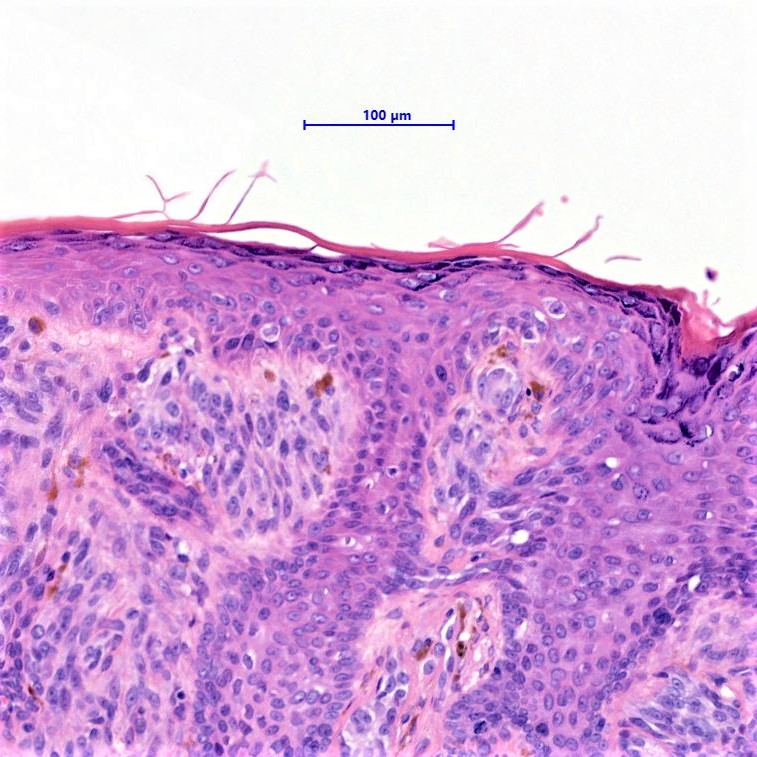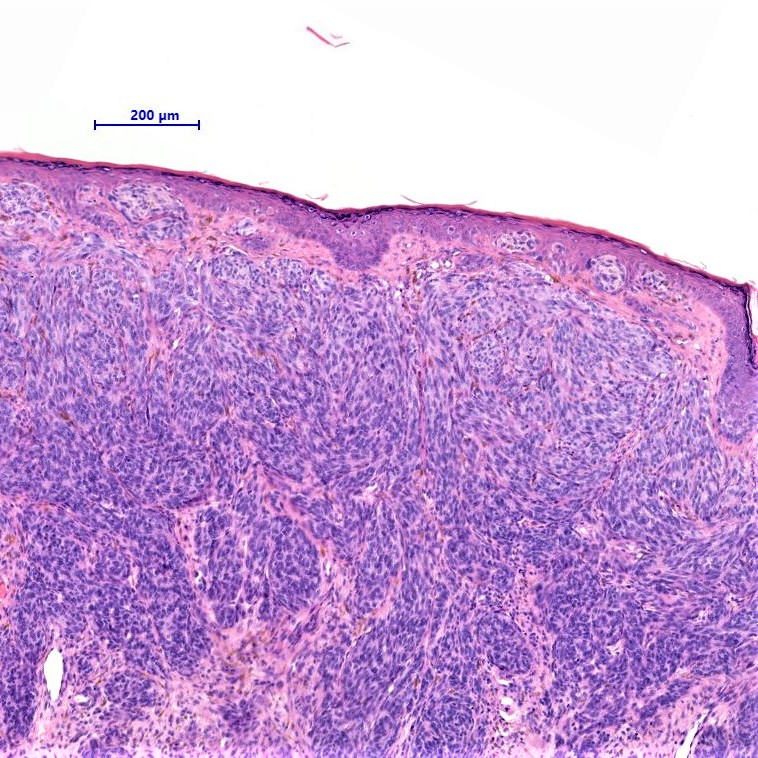Edited by Admin_Dermpath
Case Number : Case 1942 - 08 Nov Posted By: Iskander H. Chaudhry
Please read the clinical history and view the images by clicking on them before you proffer your diagnosis.
Submitted Date :
69 year old male - shave right nose ( soft triangle). ?Seborrhoeic Keratosis.















Join the conversation
You can post now and register later. If you have an account, sign in now to post with your account.